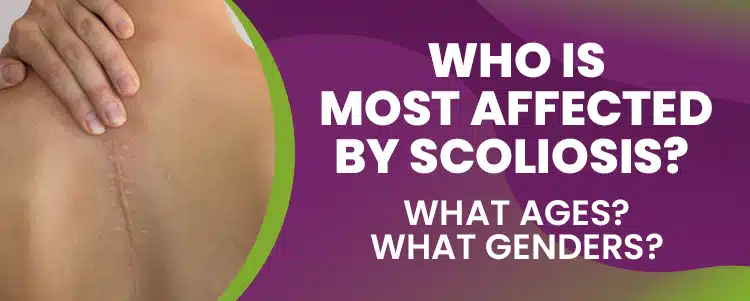

Who Is Most Affected By Scoliosis? What Ages? What Genders?
Scoliosis is most commonly diagnosed in adolescents between the ages of 10 and 18, and is more prevalent in females.
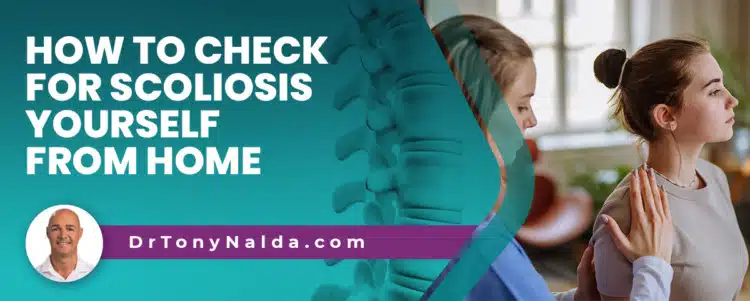

How To Check For Scoliosis Yourself From Home
The earliest sign of scoliosis in adolescents is postural deviation, and for adults, the main scoliosis symptom is pain.
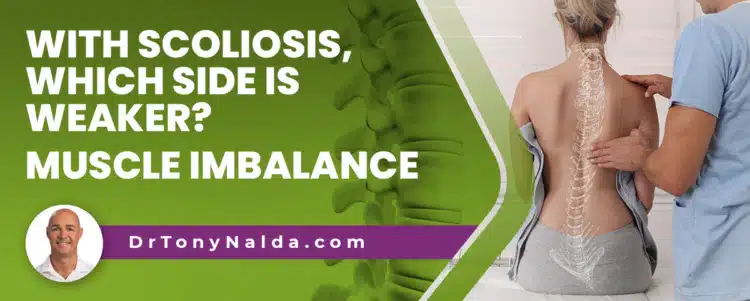

With Scoliosis, Which Side Is Weaker? Muscle Imbalance
As scoliosis develops, it makes the muscles on one side of the spine weak from lack of use, and the opposite side strained from overuse.
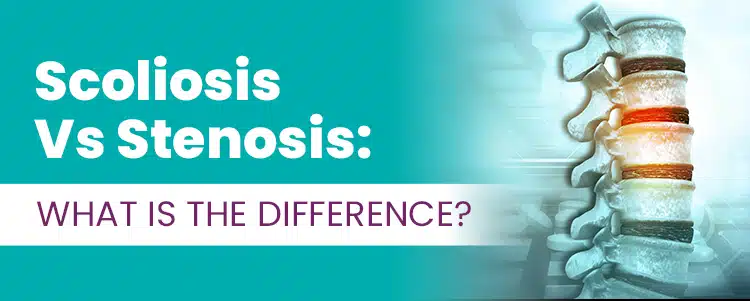

Scoliosis Vs Stenosis: What Is The Difference?
Spinal conditions include scoliosis, an abnormal spinal curve, and stenosis, the narrowing of the spinal space, both affecting nerves to varying degrees.
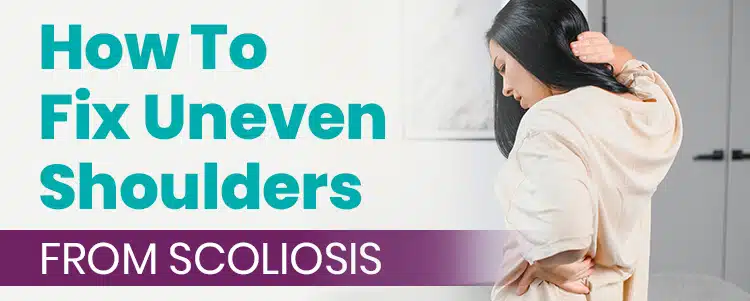

How To Fix Uneven Shoulders From Scoliosis
In children and adolescents, the main scoliosis symptom is postural deviation, and often, the condition’s earliest indicators are uneven shoulders and hips.
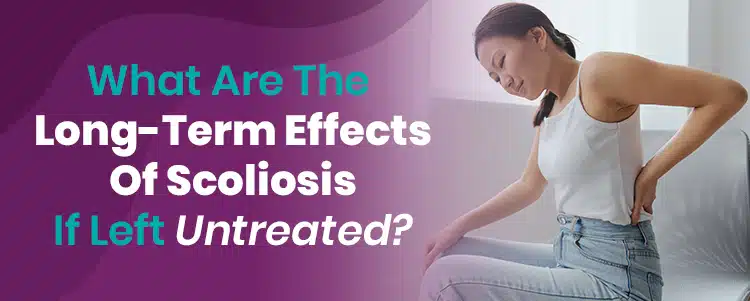

What Are The Long-Term Effects Of Scoliosis If Left Untreated?
Scoliosis is a spinal condition that worsens over time and can have serious effects if left untreated.
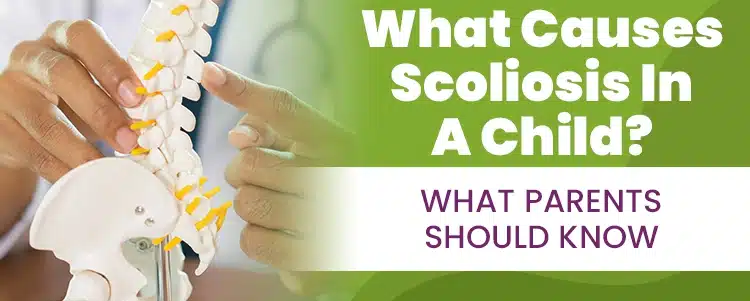

What Causes Scoliosis In Children? What Parents Should Know
Scoliosis isn't just a concern for teens and adults; it can also affect young children.
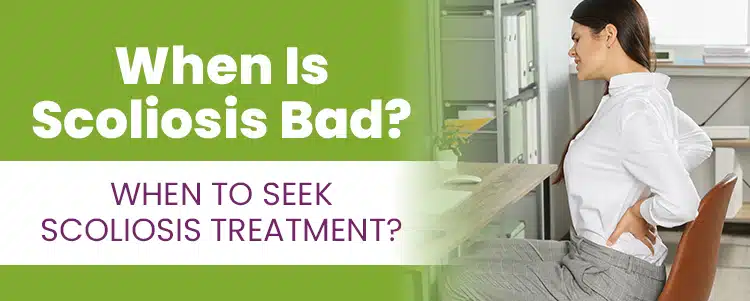

When Is Scoliosis Bad? When To Seek Scoliosis Treatment?
The best time to start scoliosis treatment is always now. With early detection and proactive treatment, there are fewer limits to what can be achieved.
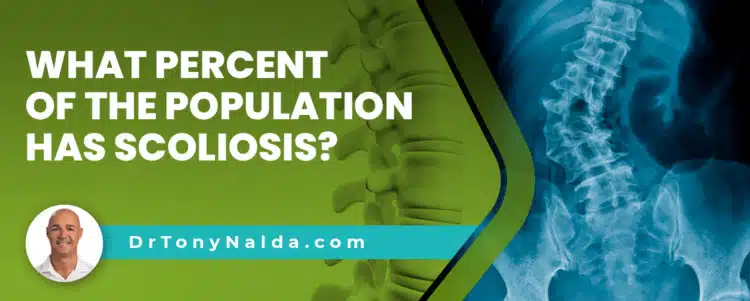

What Percent Of The Population Has Scoliosis? [DETAILS]
Approximately 7 million people currently are diagnosed with scoliosis in the United States.
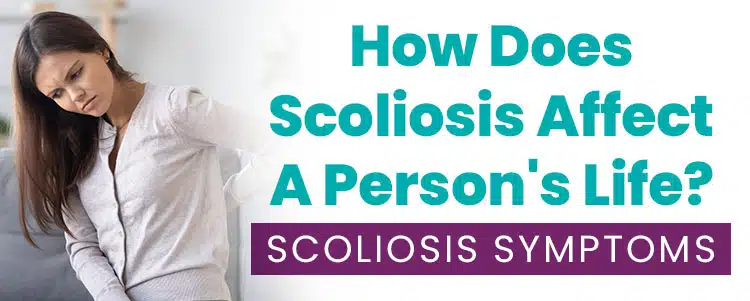

How Does Scoliosis Affect A Person’s Life? Scoliosis Symptoms
In adult scoliosis, the main symptom is pain, both localized back pain and pain throughout the body.
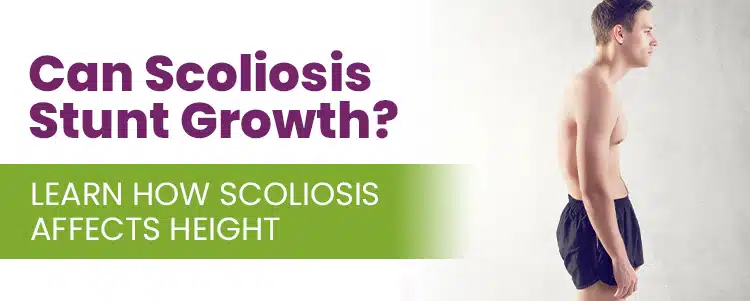

Can Scoliosis Stunt Growth? Learn How Scoliosis Affects Height
Scoliosis affects a person's height by causing a loss of the spine's natural curves and alignment, which disrupts their ability to fully extend the spine.
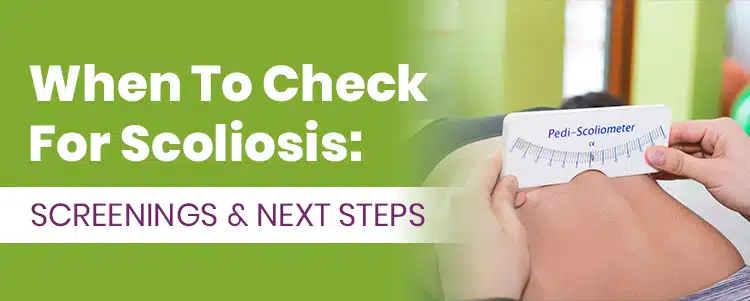

When To Check For Scoliosis: Screenings & Next Steps
To detect scoliosis, it is recommended to stay on top of routine checkups and the condition’s subtle signs that indicate the need for further testing.
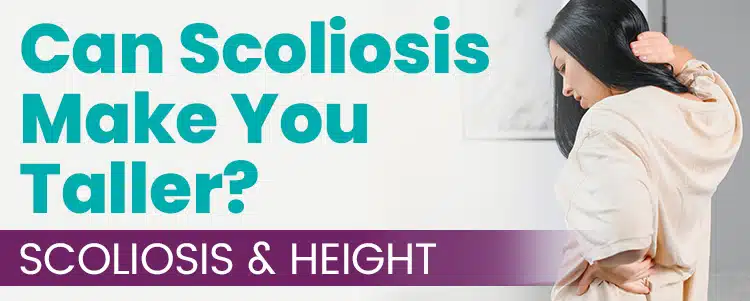

Can Scoliosis Make You Taller? Scoliosis & Height
Scoliosis is a highly-variable condition that ranges from mild to severe. It does have the potential not to increase a person's height, but to decrease it.
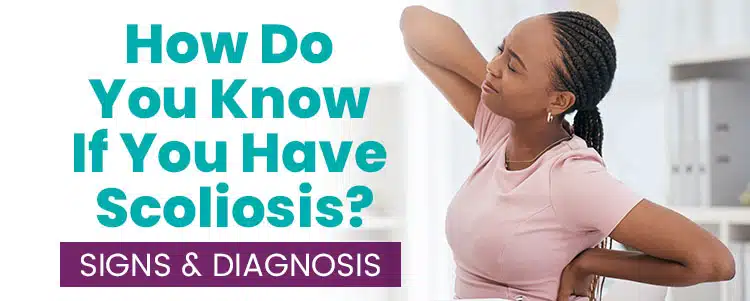

How Do You Know If You Have Scoliosis? Signs & Diagnosis
It can be challenging to recognize scoliosis in its early stages. As scoliosis becomes more severe, its symptoms become more noticeable for patients.
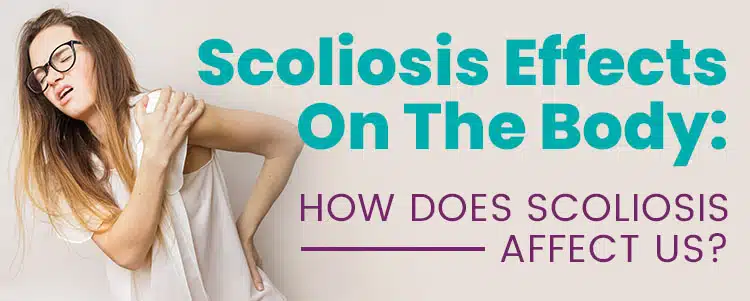

Scoliosis Effects On The Body: How Does Scoliosis Affect Us?
Scoliosis impacts the body differently depending on the curve's size, where it is located on the spine, and the type of scoliosis the patient has.
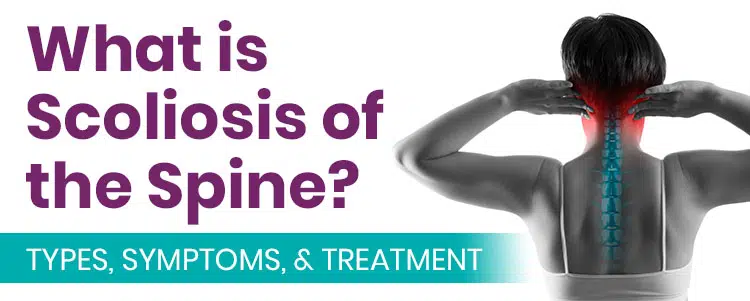

What is Scoliosis of the Spine? Types, Symptoms, & Treatment
When the spine has an unnatural sideways curvature with rotation, it is what we call scoliosis.
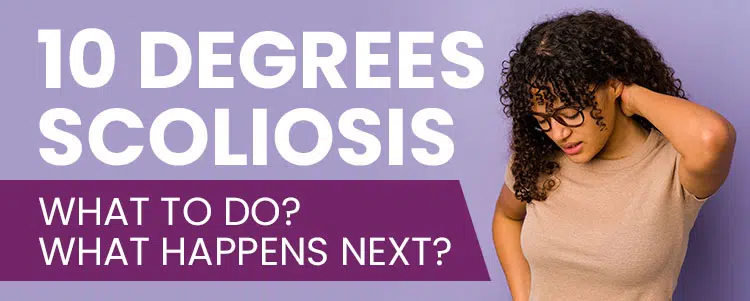

10 Degrees Scoliosis – What To Do? What Happens Next?
The minimum degree for scoliosis to be diagnosed is 10 degrees. This is considered mild, and patients have many non-surgical treatment options available.


20 Degrees Scoliosis – What To Do? What Happens Next?
A 20-degree curve is considered mild scoliosis. Different steps can be taken to manage the curve and prevent its progression depending on the degree of scoliosis.
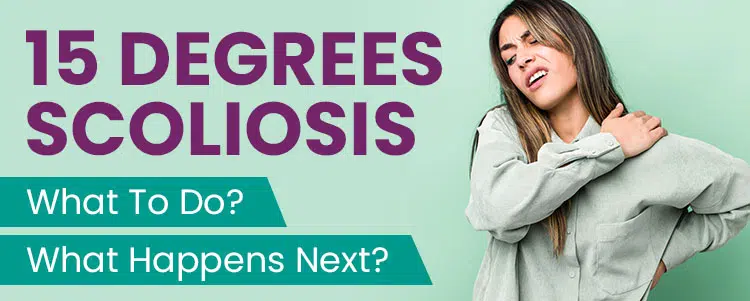

15 Degrees Scoliosis – What To Do? What Happens Next?
There are different degrees of scoliosis, depending of the degrees of curvature we will classify the severity of scoliosis.